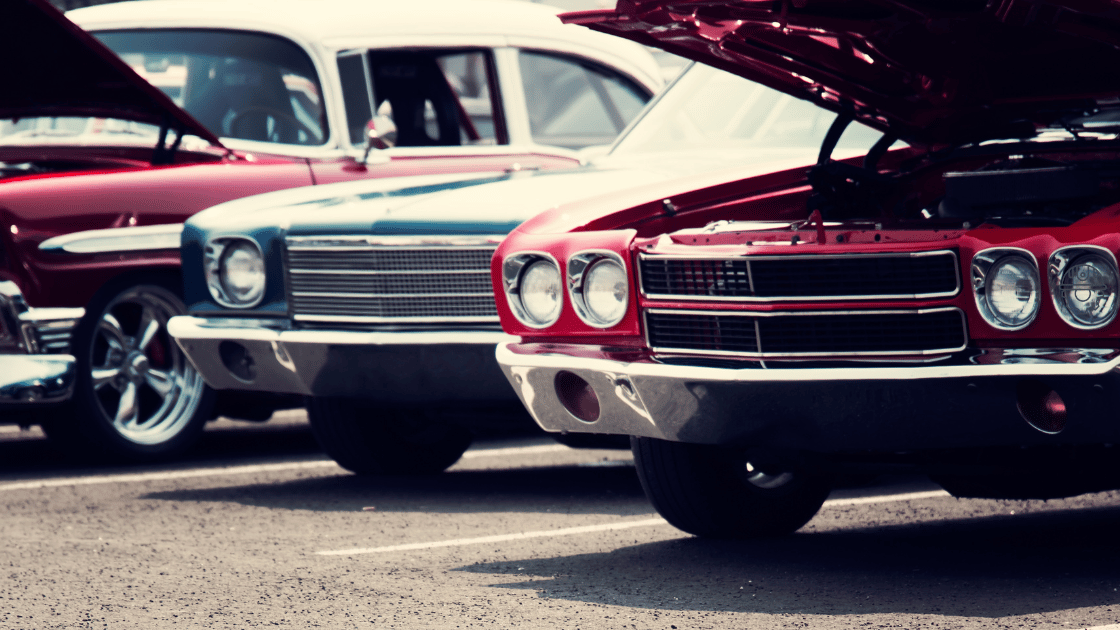When you pop the hood on a vintage ride, every bracket, valve cover, and suspension arm tells a story—usually one written in rust, paint overspray, or decades of road grime. Restorers have long relied on chemical dips and sandblasting to erase that history, but both come with trade‑offs: warped panels, embedded grit, toxic waste, and endless masking.
Laser cleaning changes the game by removing contaminants without touching the base metal—and it’s fast becoming the go‑to method for steel and aluminum parts alike.
How Laser Cleaning Works (Plain‑English Version)
- A pulsed fiber laser emits short bursts of light (typically 50 – 1000 W).
- Contaminants absorb the energy, vaporizing into a microscopic plasma cloud.
- The underlying metal reflects most of the beam, so it stays cool and undamaged.
- A vacuum nozzle captures the particulate, leaving a bare, ready‑to‑coat surface.
Because the beam width, pulse energy, and scan speed are software‑controlled, technicians can dial in exactly how aggressive—or gentle—the cleaning should be.
Why It Shines on Steel Parts
- No metal loss. Stampings, date codes, and casting marks stay intact.
- Quick rust & scale removal. A modern 1000 W system can clean ~1 m² per minute on mild‑steel panels.
- Perfect weld prep. Oxides vanish, leaving an active surface that improves penetration and reduces spatter.
- Consistent results. Software recipes ensure every bracket or frame rail gets the same treatment—no operator guesswork.
Why It’s Even Better for Aluminum
Aluminum dissipates heat fast and hates harsh chemicals. Laser cleaning solves both issues:
- Oxide‑free weld zones—critical for TIG/MIG joints.
- Zero etching or pitting, preserving tight tolerances on carb bodies and intake manifolds.
- Lower power needed. Calibrated pulses keep surface temps well below melt point.
- Ready for primer. A laser‑scoured aluminum panel meets SAE cleanliness levels without an acid bath.
Health, Safety & Environmental Wins
- No expendable media → no Silica/Al₂O₃/Garnet dust clouds.
- No solvents → simplified EPA compliance and cheaper waste disposal.
- Lower PPE burden—hearing protection and a light respirator replace full suits and blast hoods.
- Quiet shop floor. Fiber lasers hum; compressors and blast pots roar.
Chemical dips and sandblasting got us this far, but laser cleaning removes the last excuses: no damage, no mess, no toxic waste. For restorers chasing concours‑level results on irreplaceable steel and aluminum parts, lasers aren’t just a cool gadget—they’re the new standard.
